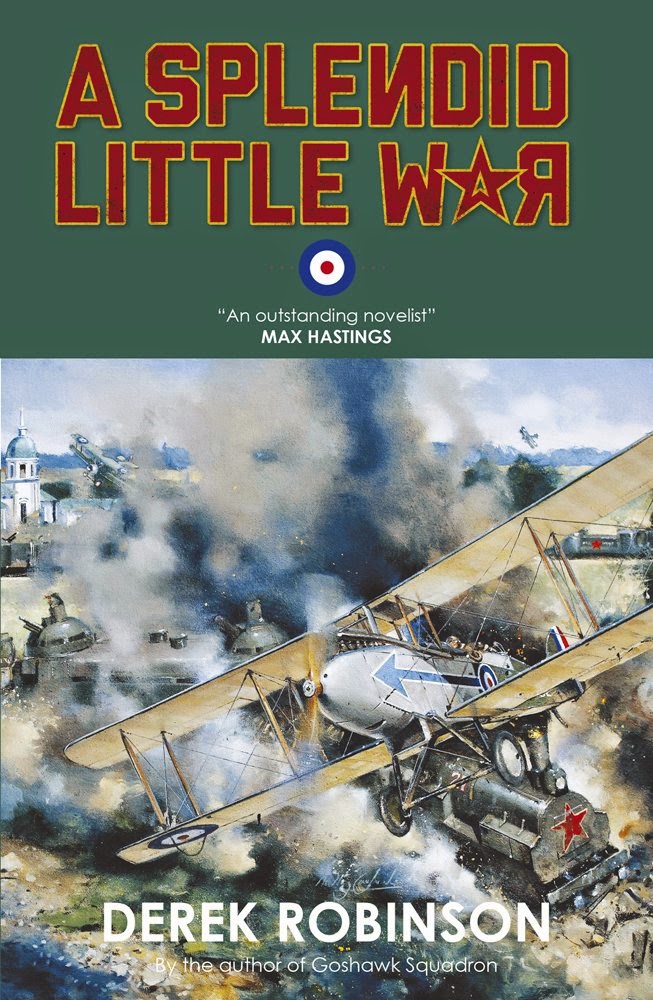Author: Ralph J. Whitehead
ISBN: 978-1-908916-89-1
Pages: 615
Softcover
Photographs: 100's b/w
The author, Ralph Whitehead has produced a work of
remarkable detail and readability. Much has been written about the events of
the First World War; however, a preponderance of these works have focused on
the leadership and experiences of the Western Allies. Very little has been
produced that looks at the conflict from the German perspective.
This is not a strategic review of the conflict; nor is it,
for the most part, an operational view. Whitehead has focused his attentions at
the tactical level where he is able to provide the reader a glimpse into the
daily lives of the German soldier of WW1. He is able, through his effective and
compelling writing, to provide the reader with a detailed picture of the
operating environment of the German soldier. He then adds further depth by incorporating
anecdotal stories that run the gambit from the shocking to the ridiculous from
the soldiers and the units themselves. This shift is done flawlessly and, when
combined with the numerous photographs that correspond to the individuals in
the narrative, provides a degree of intimacy rarely found in historical works.
The degree of detail in this work is quite extraordinary.
The author includes at the end of the book a number of appendices where he details
the XIV Corps Order of Battle, casualty lists by Regiment of the XIV Corps for
the first two years of the war and an interesting article on the 2003 discovery
and subsequent identification of the remains of two German soldiers. Based on
information gleaned at the discovery site, the author actually reconstructs the
events surrounding their deaths.
Another aspect of this book that I enjoyed was the attention
paid to relating the day to day activities of the front line combatants.
Developments in trench construction, methods of mining, training, rotations in
and out of the line and feeding (plus a great deal more) are all explained and,
in many cases, accompanied with photographs and drawings to assist in the
comprehension of what is being discussed.
Additionally, due to the static nature of the conflict,
mining (tunneling) under the opposing army's trench lines and the detonation of
massive amounts of explosives became a specialty practiced by each side. One
can appreciate the stress placed on the soldiers through their testimonies in
the book. Whitehead, however, does not only dwell upon the horrors of war, he
also relates numerous stories of great compassion, humour and humanity
practiced or witnessed by the German soldiery.
This book relates the history of one German Corps of soldiers
in the two years leading up to the Battle of the Somme. The narrative very
rarely rises above the level of Leutnant (Leftenant) so the reader is provided
an incredibly detailed tactical level view of the XIV Corps in action.
Whitehead's research has shed light on individual soldiers' stories that have
long been lost. He is to be commended for an outstanding book and I recommend
The Other Side of the Wire Vol 1 as an excellent addition to any historian's
library.






